 19 Jul 2024
19 Jul 2024How DeFi Protocols are Revolutionizing Traditional Finance

Traditional finance, encompassing banks, stock exchanges, and other financial institutions, has been the backbone of the global economy for centuries. These institutions facilitate various financial activities such as lending, borrowing, trading, and investing. However, traditional finance systems have several limitations, including high costs, slow transaction times, lack of transparency, and limited accessibility for unbanked and underbanked populations. These inefficiencies often result in financial exclusion and a lack of innovation.
In response to these challenges, Decentralized Finance (DeFi) has emerged as a revolutionary alternative. DeFi leverages blockchain technology to create an open and transparent financial ecosystem that operates without intermediaries. By utilizing smart contracts and decentralized protocols, DeFi enables anyone with an internet connection to access financial services, ranging from lending and borrowing to trading and asset management. Key principles of DeFi include decentralization, transparency, accessibility, and inclusivity.

Understanding DeFi Protocols
Decentralized Finance (DeFi) represents a paradigm shift in the financial sector, offering a range of services typically provided by traditional financial institutions, but in a decentralized manner. This section delves into the core components, key features, and major protocols that define the DeFi ecosystem.
Definition and Core Components of DeFi
DeFi refers to a suite of financial applications built on blockchain technology, specifically designed to operate without centralized intermediaries such as banks or brokerage firms. At its core, DeFi leverages smart contracts, which are self-executing contracts with the terms of the agreement directly written into code. These smart contracts run on decentralized networks like Ethereum, ensuring that transactions are transparent, immutable, and accessible to anyone.
The core components of DeFi include:
- Smart Contracts
These are the building blocks of DeFi, automating and enforcing the terms of agreements.
- Decentralized Applications (dApps)
User interfaces that interact with smart contracts to provide various financial services.
- Cryptocurrencies and Tokens
Digital assets used within DeFi platforms for transactions, collateral, and incentives.
Key Features of DeFi
Several key features distinguish DeFi from traditional financial systems:
- Decentralization
Unlike traditional finance, which relies on centralized institutions, DeFi operates on decentralized blockchain networks. This ensures that no single entity has control over the entire system, reducing the risk of corruption and censorship.
- Transparency
All transactions and smart contract codes are publicly accessible on the blockchain. This transparency builds trust among users, as they can independently verify transactions and contract terms.
- Accessibility
DeFi is open to anyone with an internet connection, removing barriers to entry that often exclude individuals from traditional financial services. This inclusivity allows for broader participation in the global financial system.
Major DeFi Protocols and Platforms
Several DeFi protocols and platforms have gained prominence for their innovative solutions and significant impact on the financial industry:
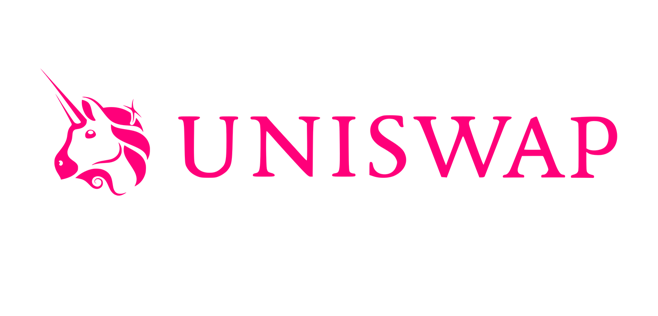
Uniswap
A decentralized exchange (DEX) that allows users to trade cryptocurrencies directly from their wallets without relying on a central authority. Uniswap utilizes an automated market maker (AMM) model to facilitate trading, providing liquidity through user-contributed pools.
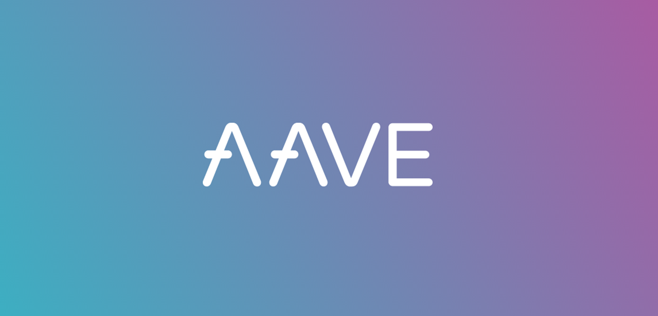
Aave
A decentralized lending and borrowing platform that enables users to lend their assets to earn interest or borrow against their crypto holdings. Aave's protocol features innovative concepts like flash loans and variable interest rates.
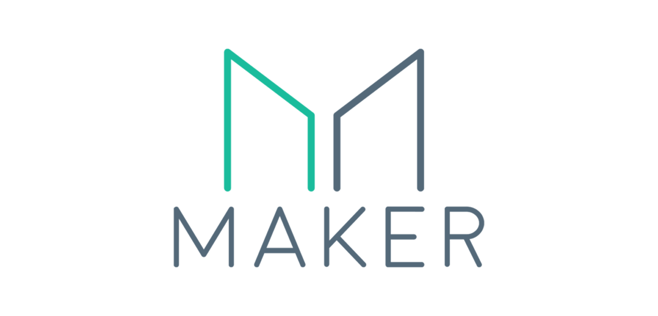
MakerDAO
A decentralized autonomous organization that manages the stablecoin Dai, which is pegged to the US dollar. Users can generate Dai by locking collateral in smart contracts, providing a stable asset for transactions and savings in the volatile crypto market.
These protocols exemplify the transformative potential of DeFi by offering decentralized alternatives to traditional financial services. Through continued innovation and adoption, DeFi is poised to reshape the financial landscape, providing more efficient, transparent, and accessible financial solutions.

The Impact of DeFi on Traditional Financial Services
Decentralized Finance (DeFi) is significantly transforming various aspects of traditional financial services by introducing more efficient, transparent, and accessible alternatives. Here, we examine how DeFi is revolutionizing lending and borrowing, decentralized exchanges (DEXs), stablecoins, and payments and remittances.
Lending and Borrowing
Traditional lending and borrowing processes involve intermediaries like banks, which require lengthy approval times, extensive credit checks, and often charge high interest rates. In contrast, DeFi platforms leverage smart contracts to automate lending and borrowing, offering a more streamlined and accessible process.
Benefits of DeFi
- Lower Interest Rates
DeFi platforms often provide more competitive interest rates due to reduced overhead costs and the absence of intermediaries.
- Faster Approval Times
Automated processes and smart contracts enable instant loan approvals without the need for extensive paperwork or credit checks.
- No Credit Checks
DeFi lending is typically based on collateral rather than credit scores, making it accessible to a broader audience.
Case Studies: Aave, Compound
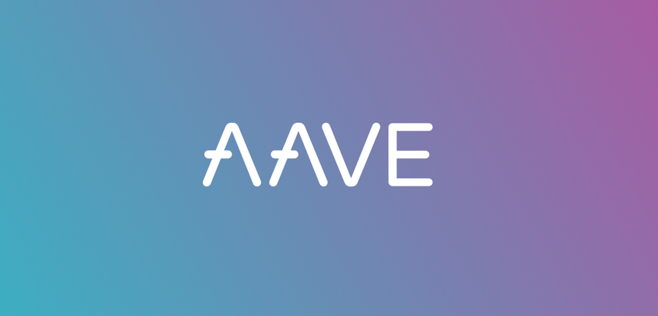
Aave
A decentralized lending platform that offers flash loans and variable interest rates, providing flexibility and innovation in the lending space. Users can deposit assets to earn interest or borrow against their crypto holdings.
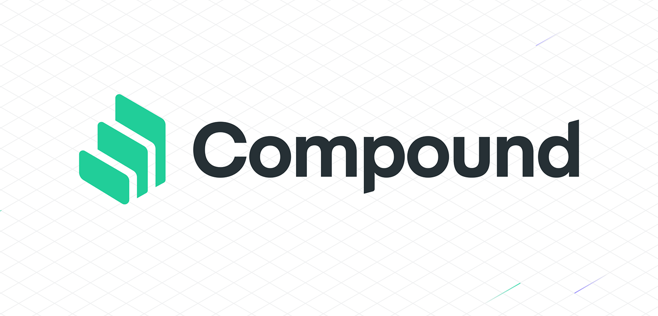
Compound
An algorithmic, autonomous interest rate protocol that allows users to supply and borrow assets seamlessly. Interest rates are dynamically adjusted based on supply and demand.
Decentralized Exchanges (DEXs)
Decentralized exchanges (DEXs) have emerged as a powerful alternative to traditional centralized exchanges, providing users with more control over their assets and enhancing privacy and security.
How DEXs Operate Compared to Traditional Exchanges
Traditional exchanges are centralized platforms where trades are facilitated by a central authority, often resulting in higher fees and potential security risks. DEXs, on the other hand, operate on blockchain technology, allowing peer-to-peer trading without intermediaries.
Benefits of DEXs
- Lower Fees
Reduced operational costs and the absence of intermediaries result in lower trading fees for users.
- Greater Privacy
Users retain control of their assets and personal information, enhancing privacy.
- No Need for Intermediaries
DEXs eliminate the need for central authorities, reducing the risk of hacking and fraud.
Examples: Uniswap, SushiSwap
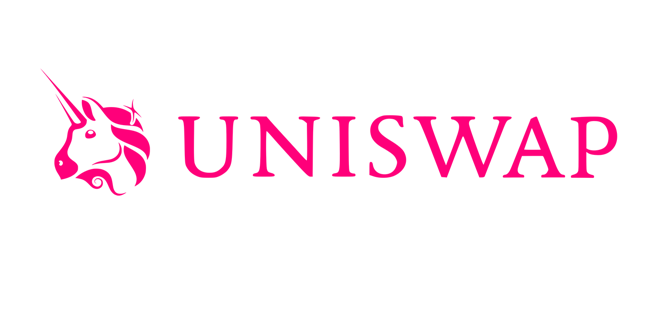
Uniswap
A leading DEX that uses an automated market maker (AMM) model, allowing users to trade directly from their wallets and provide liquidity through liquidity pools.

SushiSwap
Another popular DEX that offers additional features like yield farming and staking, incentivizing user participation and liquidity provision.
Stablecoins
Stablecoins are digital assets pegged to stable currencies like the US dollar, providing a stable medium of exchange and store of value in the volatile crypto market. They bridge the gap between traditional finance and DeFi by offering stability and predictability.
Benefits of Using Stablecoins
- Reduced Volatility
Stablecoins maintain a stable value, protecting users from the volatility of other cryptocurrencies.
- Seamless Cross-Border Transactions
Stablecoins facilitate instant and low-cost cross-border transactions, making them ideal for international payments and remittances.
Key Stablecoins: Dai, USDC, Tether
- Dai
A decentralized stablecoin managed by MakerDAO, backed by a diversified portfolio of collateral assets.
- USDC
A fiat-collateralized stablecoin issued by Circle and Coinbase, offering transparency and regulatory compliance.
- Tether
One of the first and most widely used stablecoins, backed by fiat reserves and used extensively for trading and payments.
Payments and Remittances
DeFi platforms are streamlining payments and remittance services by offering faster, cheaper, and more secure alternatives to traditional methods.
Benefits of DeFi Payments and Remittances
- Lower Transaction Costs
DeFi eliminates intermediaries, reducing fees associated with traditional payment and remittance services.
- Faster Processing Times
Transactions are processed almost instantly on blockchain networks, significantly reducing wait times.
- Enhanced Security
Blockchain technology ensures secure and immutable transactions, reducing the risk of fraud.
Examples: Stellar, Ripple
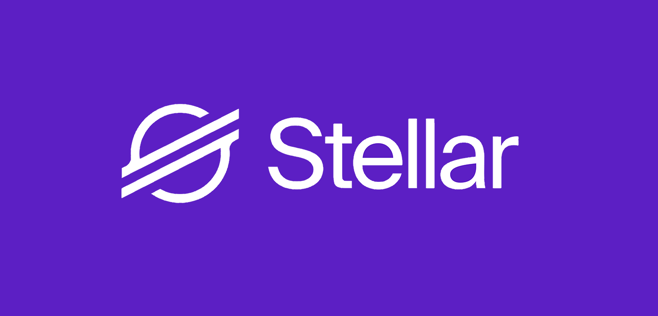
Stellar
A decentralized protocol designed for fast and low-cost cross-border payments, leveraging its native cryptocurrency, Lumens (XLM), to facilitate transactions.
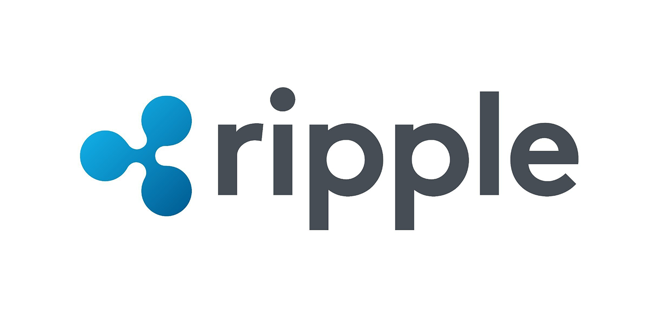
Ripple
A payment protocol and cryptocurrency (XRP) that enables fast, low-cost international payments by bridging different fiat currencies and cryptocurrencies.
Through these innovative applications, DeFi is reshaping traditional financial services, offering more efficient, accessible, and secure solutions. The continued growth and development of DeFi protocols are set to further revolutionize the financial landscape.
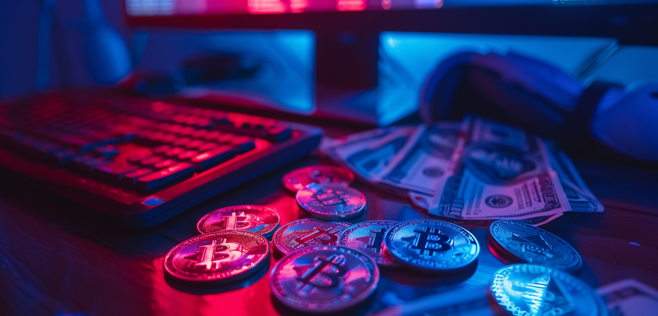
Advantages of DeFi Over Traditional Finance
Decentralized Finance (DeFi) offers several key advantages over traditional financial systems, enhancing accessibility, transparency, innovation, and cost efficiency. These benefits are driving the rapid adoption and growth of DeFi protocols globally.
Financial Inclusion
DeFi protocols democratize access to financial services, enabling individuals who are unbanked or underbanked to participate in the global economy. By leveraging blockchain technology, DeFi eliminates the need for traditional banking infrastructure, allowing anyone with an internet connection to access services like lending, borrowing, and trading.
Examples of DeFi Projects Promoting Financial Inclusion
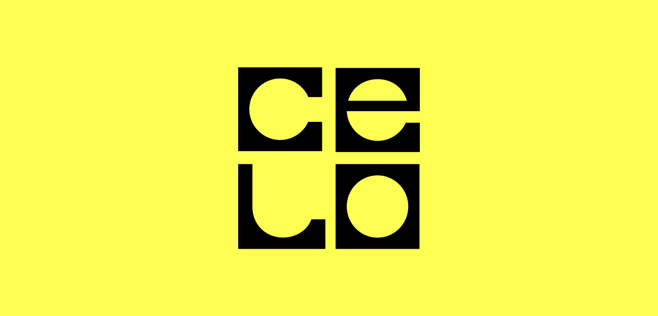
Celo
A mobile-first blockchain platform aimed at providing financial services to the unbanked by enabling payments and remittances via mobile phones.
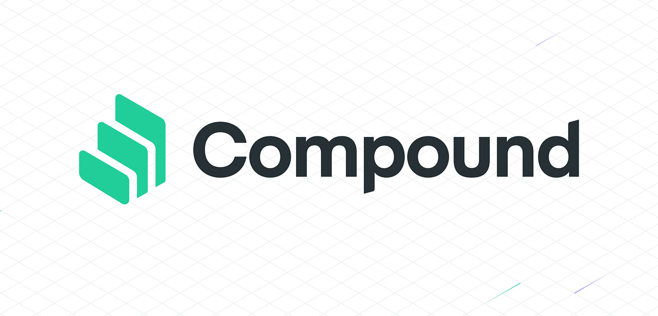
Compound
An interest rate protocol that allows users to earn interest or borrow assets without the need for credit checks or traditional banking.
Transparency and Security
Blockchain technology underpins DeFi, providing an immutable and transparent ledger for all transactions. Smart contracts automatically execute and enforce terms, ensuring that all actions are visible and verifiable on the blockchain. This transparency builds trust and security among users.
Comparison with Traditional Financial Institutions
Traditional financial institutions often operate with opaque practices, leading to trust issues and potential fraud. DeFi, in contrast, ensures that all transactions are publicly accessible and secure, reducing the risk of corruption and enhancing accountability.
Innovation and Flexibility
DeFi is characterized by a rapid pace of innovation, with new protocols and products constantly being developed. This dynamic environment fosters creativity and allows for the quick implementation of new ideas and technologies.
Examples of Innovative DeFi Products and Services

Yearn.Finance
An automated yield aggregator that optimizes returns on user-deposited assets across various DeFi protocols.
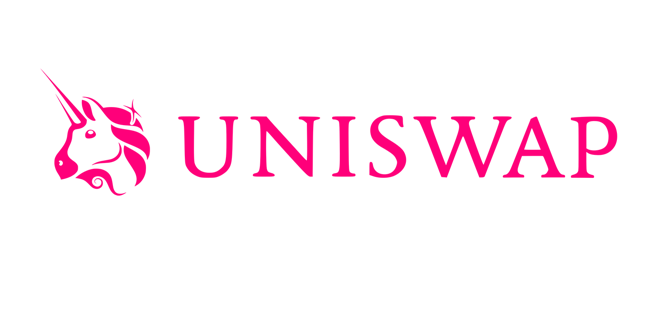
Uniswap
A decentralized exchange that uses an automated market maker (AMM) model to facilitate trading without relying on order books.
Cost Efficiency
DeFi protocols remove the need for intermediaries such as banks and brokers, significantly reducing transaction costs. Smart contracts automate processes, eliminating manual intervention and associated fees.
Comparison of Transaction Fees in DeFi and Traditional Finance
Traditional financial services often involve high transaction fees due to multiple intermediaries and administrative overheads. In contrast, DeFi transactions typically incur lower fees, as they are executed directly on the blockchain. This cost efficiency makes financial services more affordable and accessible to a broader audience.
By addressing these areas, DeFi is creating a more inclusive, transparent, innovative, and cost-effective financial system. These advantages highlight the transformative potential of DeFi in reshaping traditional financial landscapes and providing new opportunities for users worldwide.

Challenges and Risks of DeFi
While Decentralized Finance (DeFi) offers significant advantages over traditional finance, it also presents several challenges and risks that need to be addressed to ensure sustainable growth and adoption.
Regulatory Uncertainty
The regulatory environment for DeFi is still in its early stages, with many jurisdictions yet to establish clear guidelines and frameworks. This uncertainty can create challenges for DeFi projects, as they must navigate a complex and evolving landscape without clear regulatory direction.
Potential Regulatory Challenges and Their Impact on DeFi Growth
- Legal Recognition
The lack of legal recognition for DeFi protocols can hinder their adoption and integration with traditional financial systems.
- Compliance Costs
Regulatory compliance can impose significant costs on DeFi projects, potentially stifling innovation and limiting their ability to compete with traditional financial services.
- Regulatory Crackdowns
Unclear or unfavorable regulations can lead to crackdowns on DeFi projects, resulting in operational disruptions and loss of user trust.
Security Risks
DeFi protocols are susceptible to various security risks, including smart contract bugs and hacks. Some common vulnerabilities include:
- Smart Contract Bugs
Errors in the code can lead to unintended behaviors, allowing attackers to exploit the contract.
- Hacks
DeFi platforms are attractive targets for hackers due to the significant value locked in smart contracts. Successful hacks can result in substantial financial losses.
Measures to Mitigate Security Risks
- Code Audits
Regular and thorough audits of smart contracts by reputable security firms can identify and fix vulnerabilities before they are exploited.
- Bug Bounty Programs
Offering rewards to ethical hackers who identify and report vulnerabilities can help improve the security of DeFi protocols.
- Multi-Signature Wallets
Using multi-signature wallets for managing funds can enhance security by requiring multiple approvals for transactions.
Scalability Issues
As DeFi platforms grow in popularity, they face significant scalability challenges. High transaction volumes can lead to network congestion, resulting in slow transaction times and increased fees. These issues can hinder the user experience and limit the scalability of DeFi protocols.
Potential Solutions to Improve Scalability
- Layer 2 Solutions
Implementing Layer 2 scaling solutions, such as rollups and sidechains, can offload transactions from the main blockchain, improving throughput and reducing congestion.
- Sharding
Sharding divides the blockchain into smaller, more manageable pieces, allowing for parallel processing of transactions and increasing scalability.
- Optimized Protocols
Developing more efficient consensus mechanisms and protocol designs can enhance the scalability of DeFi platforms.
Market Volatility
The value of assets in DeFi protocols is often tied to volatile cryptocurrencies. Market fluctuations can impact the stability and reliability of DeFi services, affecting both users and providers.
Strategies to Manage Volatility Risks
- Stablecoins
Using stablecoins as collateral or in transactions can mitigate the impact of market volatility by providing a stable value reference.
- Diversification
Diversifying the assets held within DeFi protocols can reduce the risk of exposure to any single volatile asset.
- Automated Risk Management
Implementing automated risk management tools, such as liquidation mechanisms and collateral ratio adjustments, can help maintain the stability of DeFi platforms.
By addressing these challenges and risks, DeFi can continue to grow and evolve, providing a more secure, scalable, and reliable alternative to traditional financial systems.

The Future of DeFi and Traditional Finance
Decentralized Finance (DeFi) is poised to continue its rapid evolution, with significant implications for both the DeFi ecosystem and traditional financial systems. As DeFi matures, several key trends and developments are expected to shape its future.
Integration of DeFi and Traditional Finance
The potential for collaboration between DeFi and traditional financial institutions is immense. By integrating DeFi technologies, traditional finance can enhance efficiency, reduce costs, and provide more transparent and inclusive services.
Potential for Collaboration
Traditional financial institutions are increasingly exploring ways to incorporate DeFi principles into their operations. This integration can lead to hybrid financial systems that combine the stability and trust of traditional finance with the innovation and efficiency of DeFi.
Examples of Traditional Finance Adopting DeFi Principles
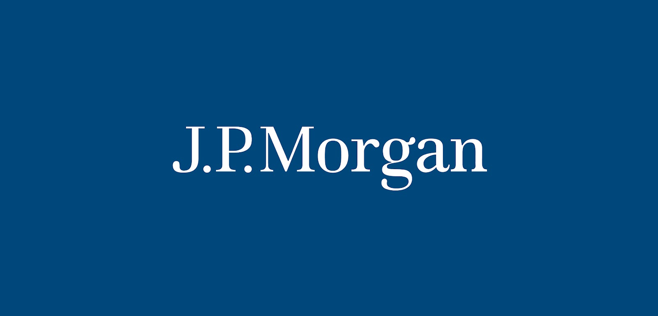
JP Morgan
The bank has launched its own blockchain platform, Onyx, which incorporates DeFi elements to improve interbank transactions.
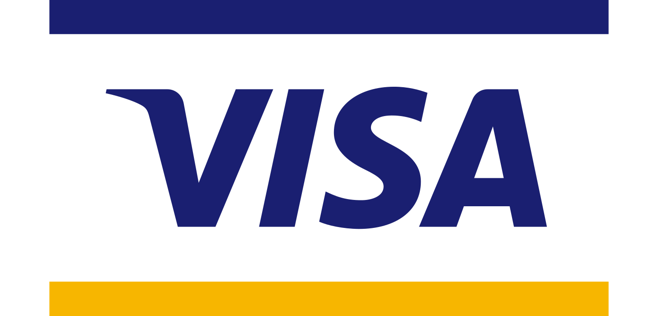
Visa
Visa has partnered with several DeFi platforms to enable seamless crypto payments and integrations with traditional banking services.
Predictions for DeFi Growth
The DeFi space is expected to witness continued growth and innovation, driven by technological advancements and increasing adoption.
Expected Trends and Developments in the DeFi Space
- Interoperability
Efforts to improve interoperability between different blockchain networks will enable seamless integration and communication between various DeFi protocols.
- Enhanced User Experience
Ongoing improvements in user interfaces and user experience will make DeFi more accessible to mainstream users.
- Regulatory Clarity
As regulatory frameworks evolve, clearer guidelines will help legitimize DeFi and attract more institutional participation.
Long-Term Impact of DeFi on the Global Financial System
In the long term, DeFi has the potential to significantly reshape the global financial system by promoting greater financial inclusion, reducing reliance on intermediaries, and fostering a more transparent and efficient financial ecosystem.
Technological Advancements
Emerging technologies will play a crucial role in further enhancing DeFi protocols and expanding their capabilities.
Emerging Technologies That Could Enhance DeFi Protocols
- Artificial Intelligence (AI)
AI can optimize DeFi operations by providing advanced analytics, risk assessment, and automated decision-making.
- Quantum Computing
Quantum computing could revolutionize cryptographic methods used in DeFi, making them more secure and efficient.
- 5G Technology
The widespread adoption of 5G can improve the speed and reliability of transactions, enhancing the overall performance of DeFi platforms.
Potential Future Innovations in the DeFi Sector
- Decentralized Identity
Innovations in decentralized identity solutions can enhance security and privacy, enabling more secure interactions within DeFi ecosystems.
- Tokenization of Assets
The tokenization of real-world assets, such as real estate and commodities, can expand the scope of DeFi applications and attract new participants.

Conclusion
In summary, DeFi is revolutionizing traditional finance by offering more efficient, transparent, and inclusive financial services. The integration of DeFi with traditional finance, driven by technological advancements and regulatory developments, is expected to create a hybrid financial ecosystem that leverages the strengths of both domains.
As DeFi continues to grow and innovate, it holds the transformative potential to reshape the global financial landscape, making financial services more accessible and equitable for all. The ongoing evolution of the financial industry, driven by DeFi, promises to bring about a more decentralized, transparent, and efficient financial system, ultimately benefiting users worldwide.

 Get RateX Pro
Get RateX Pro
 06 Jun 2024
06 Jun 2024



